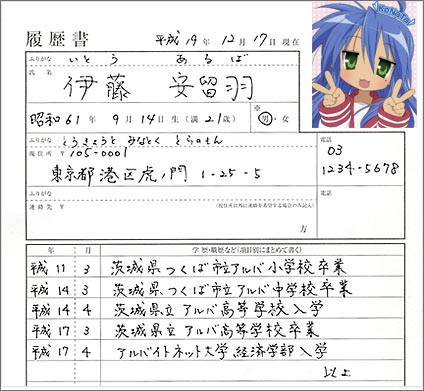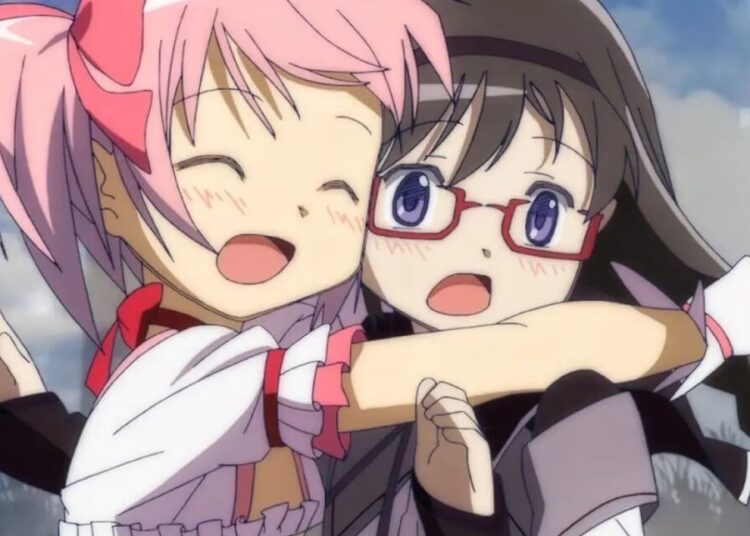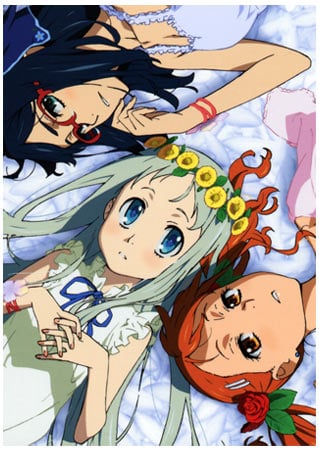One useful way of understanding Japan as a whole is using the idea of kata, a word that can mean “mold” (to shape things), “model” (as in the model number of product), “type” (for classification, also used for blood type), the customary postures taken in martial arts, or (in this case) “pre-defined customary form.” While people looking for work in the West will write a resume or C.V., in Japan you always use a rirekisho (履歴書, ree-REK-sho), a standardized “employment history form” that serves as both job application and a personal resume. When you want to apply for a job in Japan, be it for a truck driver or sushi chef or computer programmer, you get one of these forms from the stationery store (or J-List) and fill it out by hand. Virtually everything that’s important about you is recorded on the form: name, address, school and career history, what special certificates or qualifications you hold, as well as your hobbies and interests. Some information isn’t recorded, of course, such as anything related to religion or political affiliation, and there’s no space to fill in your blood type, to avoid “blood type bashing” (unfairly discriminating against people based on this odd Japanese superstition). The standardized employment history form is very different from the resumes used in America, which have no fixed format and can be plain or fancy, short and to-the-point or extremely detailed, printed on paper stock of any color and so on. The Japanese definitely prefer the kata (pre-set closed form) of a Japanese rirekisho to the open-ended American resumes.

Japanese job history forms are very set in stone, with little flexibility.















